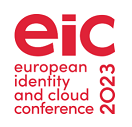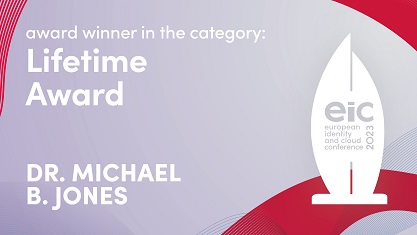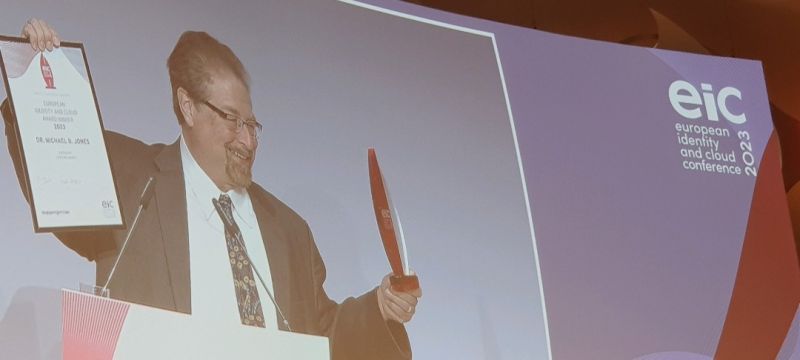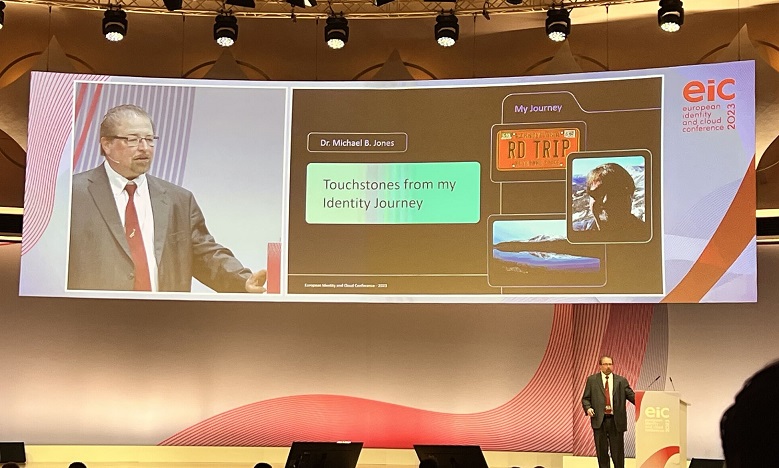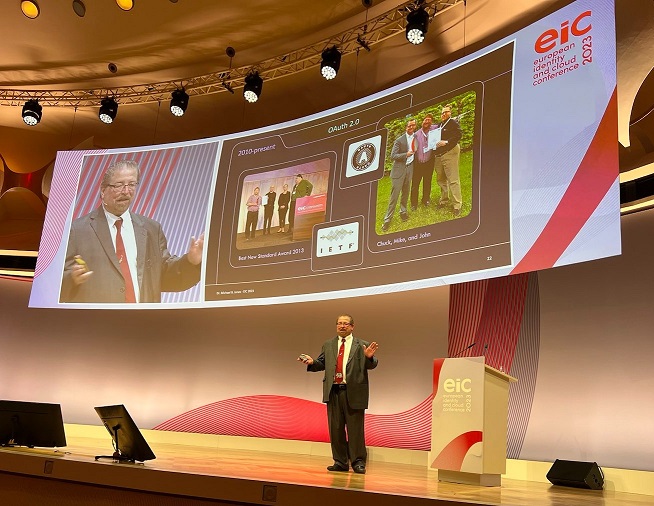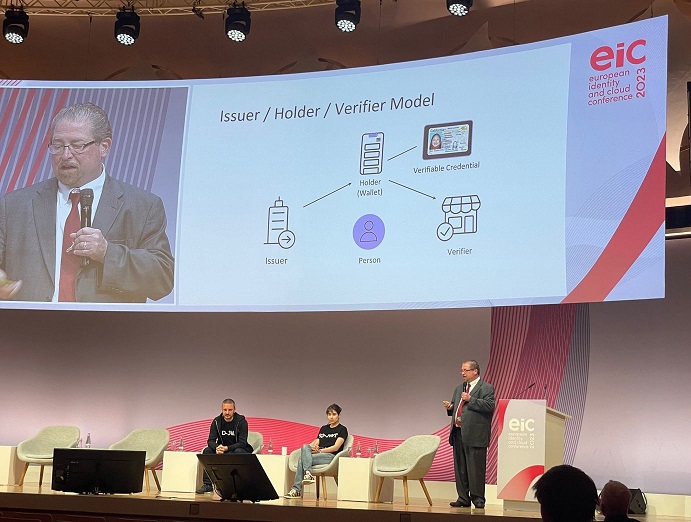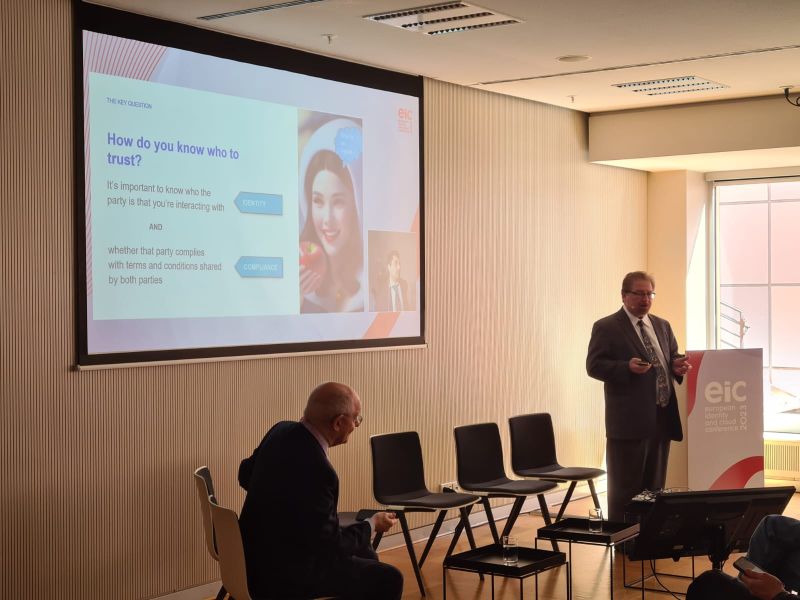 While I usually reserve my time and energy for advancing good ideas, I’m making an exception to publicly state the reasons why I believe “multiformats” should not be considered for standardization by the IETF.
While I usually reserve my time and energy for advancing good ideas, I’m making an exception to publicly state the reasons why I believe “multiformats” should not be considered for standardization by the IETF.
1. Multiformats institutionalize the failure to make a choice, which is the opposite of what good standards do. Good standards make choices about representations of data structures resulting in interoperability, since every conforming implementation uses the same representation. In contrast, multiformats enable different implementations to use a multiplicity of different representations for the same data, harming interoperability. https://datatracker.ietf.org/doc/html/draft-multiformats-multibase-03#appendix-D.1 defines 23 equivalent and non-interoperable representations for the same data!
2. The stated purpose of “multibase” is “Unfortunately, it’s not always clear what base encoding is used; that’s where this specification comes in. It answers the question: Given data ‘d’ encoded into text ‘s’, what base is it encoded with?”, which is wholly unnecessary. Successful standards DEFINE what encoding is used where. For instance, https://www.rfc-editor.org/rfc/rfc7518.html#section-6.2.1.2 defines that “x” is base64url encoded. No guesswork or prefixing is necessary or useful.
3. Standardization of multiformats would result in unnecessary and unhelpful duplication of functionality – especially of key representations. The primary use of multiformats is for “publicKeyMultibase” – a representation of public keys that are byte arrays. For instance, the only use of multiformats by the W3C DID spec is for publicKeyMultibase. The IETF already has several perfectly good key representations, including X.509, JSON Web Key (JWK), and COSE_Key. There’s not a compelling case for another one.
4. publicKeyMultibase can only represent a subset of the key types used in practice. Representing many kinds of keys requires multiple values – for instance, RSA keys require both an exponent and a modulus. By comparison, the X.509, JWK, and COSE_Key formats are flexible enough to represent all kinds of keys. It makes little to no sense to standardize a key format that limits implementations to only certain kinds of keys.
5. The “multihash” specification relies on a non-standard representation of integers called “Dwarf”. Indeed, the referenced Dwarf document lists itself as being at http://dwarf.freestandards.org/ – a URL that no longer exists!
6. The “Multihash Identifier Registry” at https://www.ietf.org/archive/id/draft-multiformats-multihash-07.html#mh-registry duplicates the functionality of the IANA “Named Information Hash Algorithm Registry” at https://www.iana.org/assignments/named-information/named-information.xhtml#hash-alg, in that both assign (different) numeric identifiers for hash functions. If multihash goes forward, it should use the existing registry.
7. It’s concerning that the draft charter states that “Changing current Multiformat header assignments in a way that breaks backward compatibility with production deployments” is out of scope. Normally IETF working groups are given free rein to make improvements during the standardization process.
8. Finally, as a member of the W3C DID and W3C Verifiable Credentials working groups, I will state that it is misleading for the draft charter to say that “The outputs from this Working Group are currently being used by … the W3C Verifiable Credentials Working Group, W3C Decentralized Identifiers Working Group…”. The documents produced by these working groups intentionally contain no normative references to multiformats or any data structures derived from them. Where they are referenced, it is explicitly stated that the references are non-normative.

 The W3C WebAuthn and FIDO2 working groups have been actively creating third versions of the W3C Web Authentication (WebAuthn) and FIDO2 Client to Authenticator Protocol (CTAP) specifications. While remaining compatible with the original and second standards, these third versions add features that have been motivated by experience with deployments of the previous versions. Additions include Cross-Origin Authentication within an iFrame, Credential Backup State, the isPasskeyPlatformAuthenticatorAvailable method, Conditional Mediation, Device-Bound Public Keys (since renamed Supplemental Public Keys), requesting Attestations during authenticatorGetAssertion, the Pseudo-Random Function (PRF) extension, the Hybrid Transport, and Third-Party Payment Authentication.
The W3C WebAuthn and FIDO2 working groups have been actively creating third versions of the W3C Web Authentication (WebAuthn) and FIDO2 Client to Authenticator Protocol (CTAP) specifications. While remaining compatible with the original and second standards, these third versions add features that have been motivated by experience with deployments of the previous versions. Additions include Cross-Origin Authentication within an iFrame, Credential Backup State, the isPasskeyPlatformAuthenticatorAvailable method, Conditional Mediation, Device-Bound Public Keys (since renamed Supplemental Public Keys), requesting Attestations during authenticatorGetAssertion, the Pseudo-Random Function (PRF) extension, the Hybrid Transport, and Third-Party Payment Authentication.




